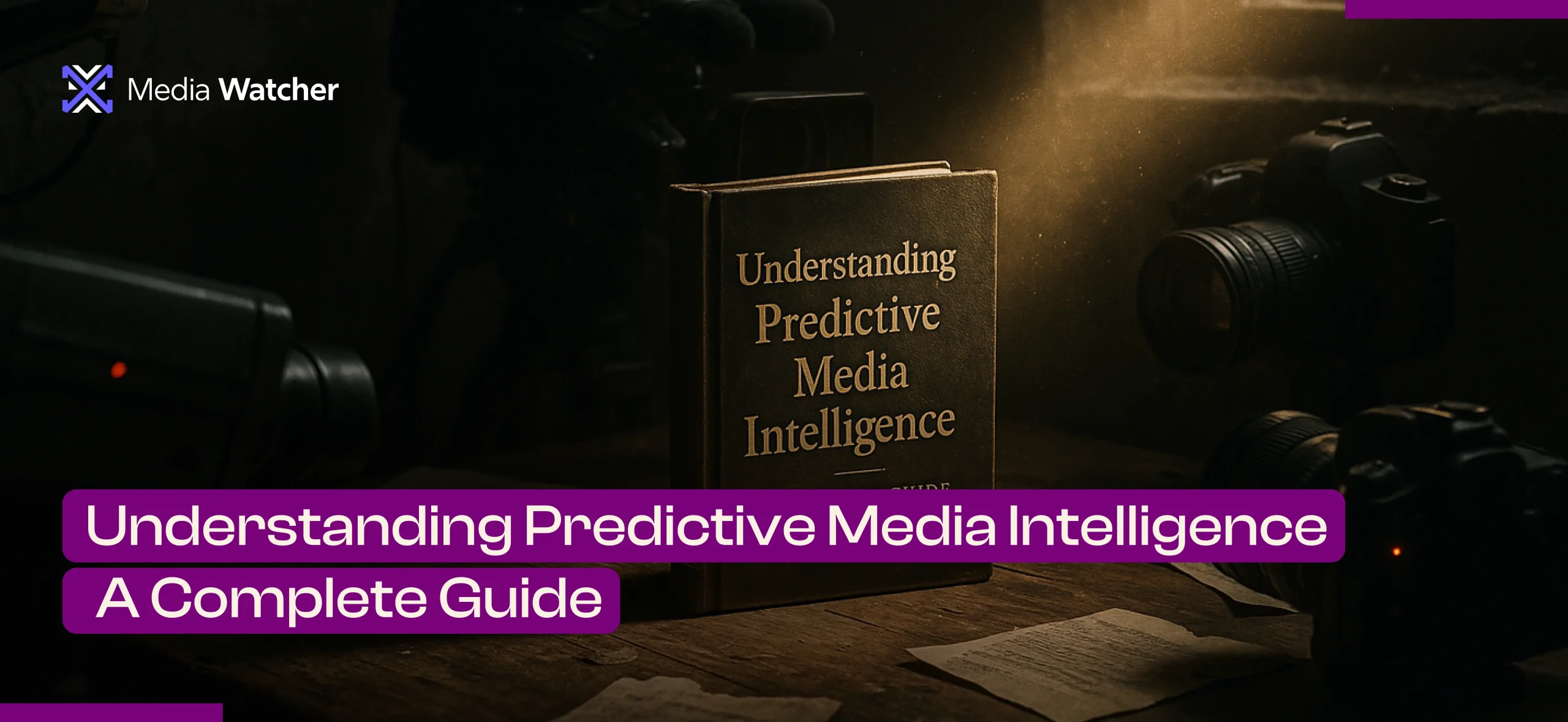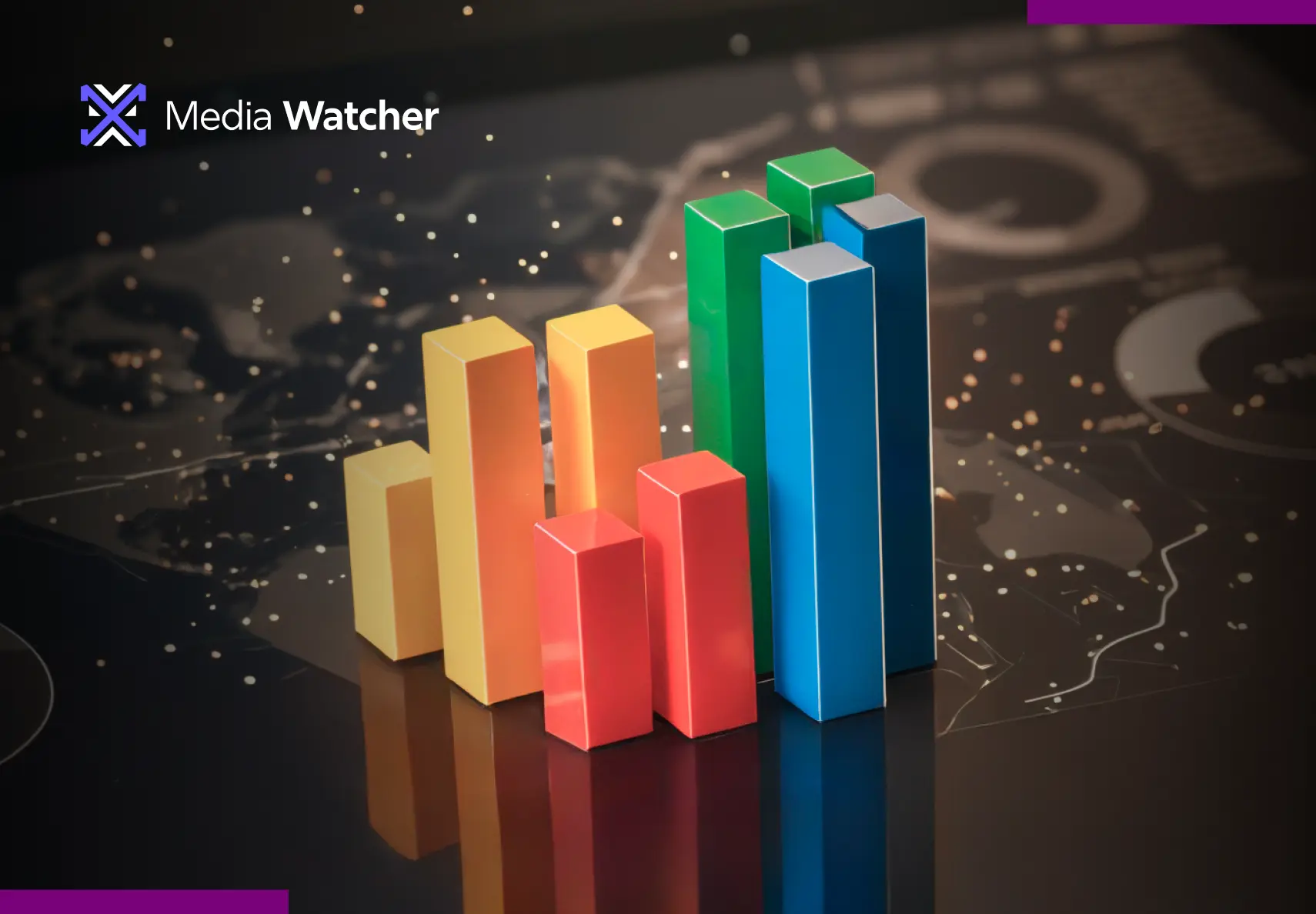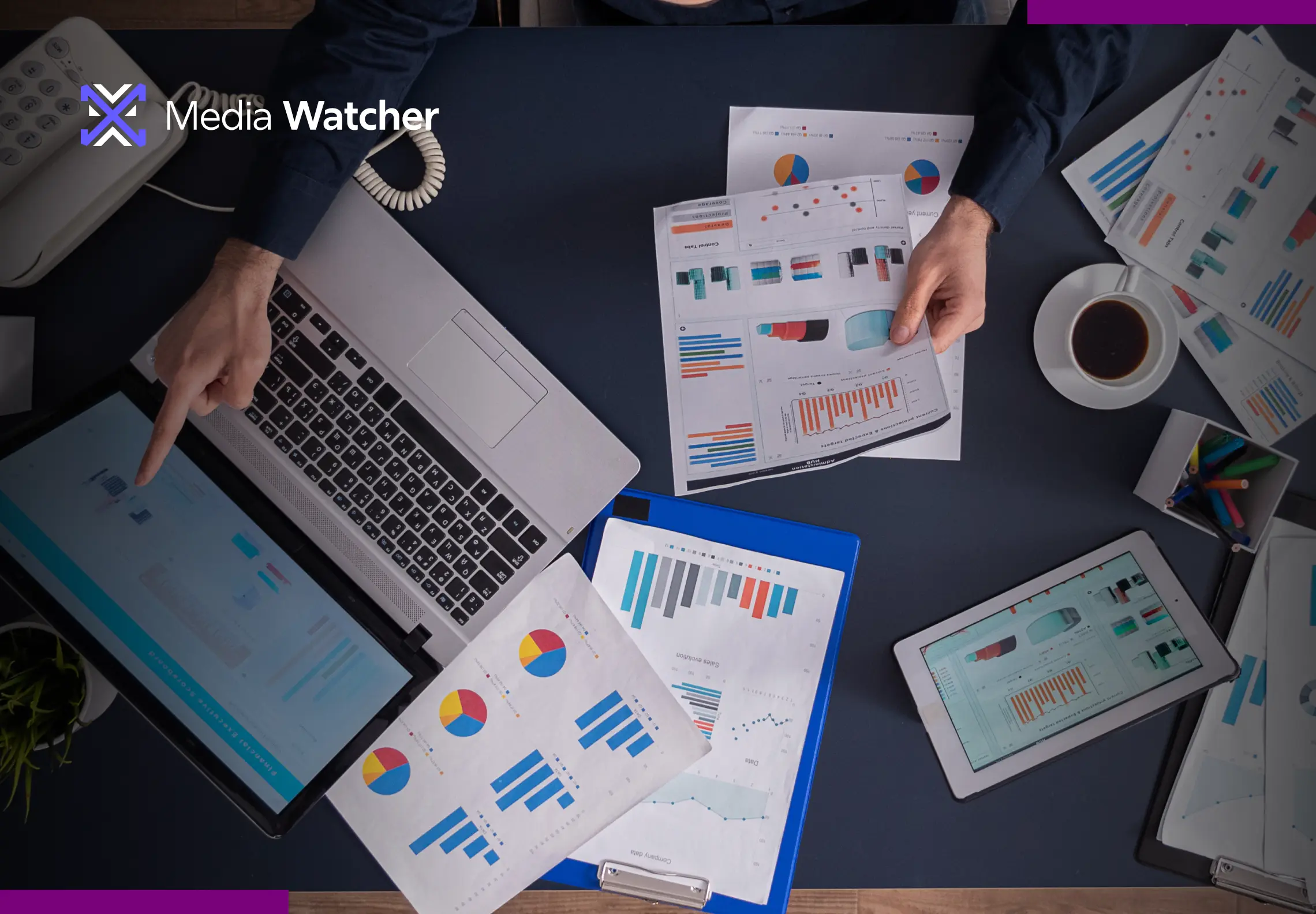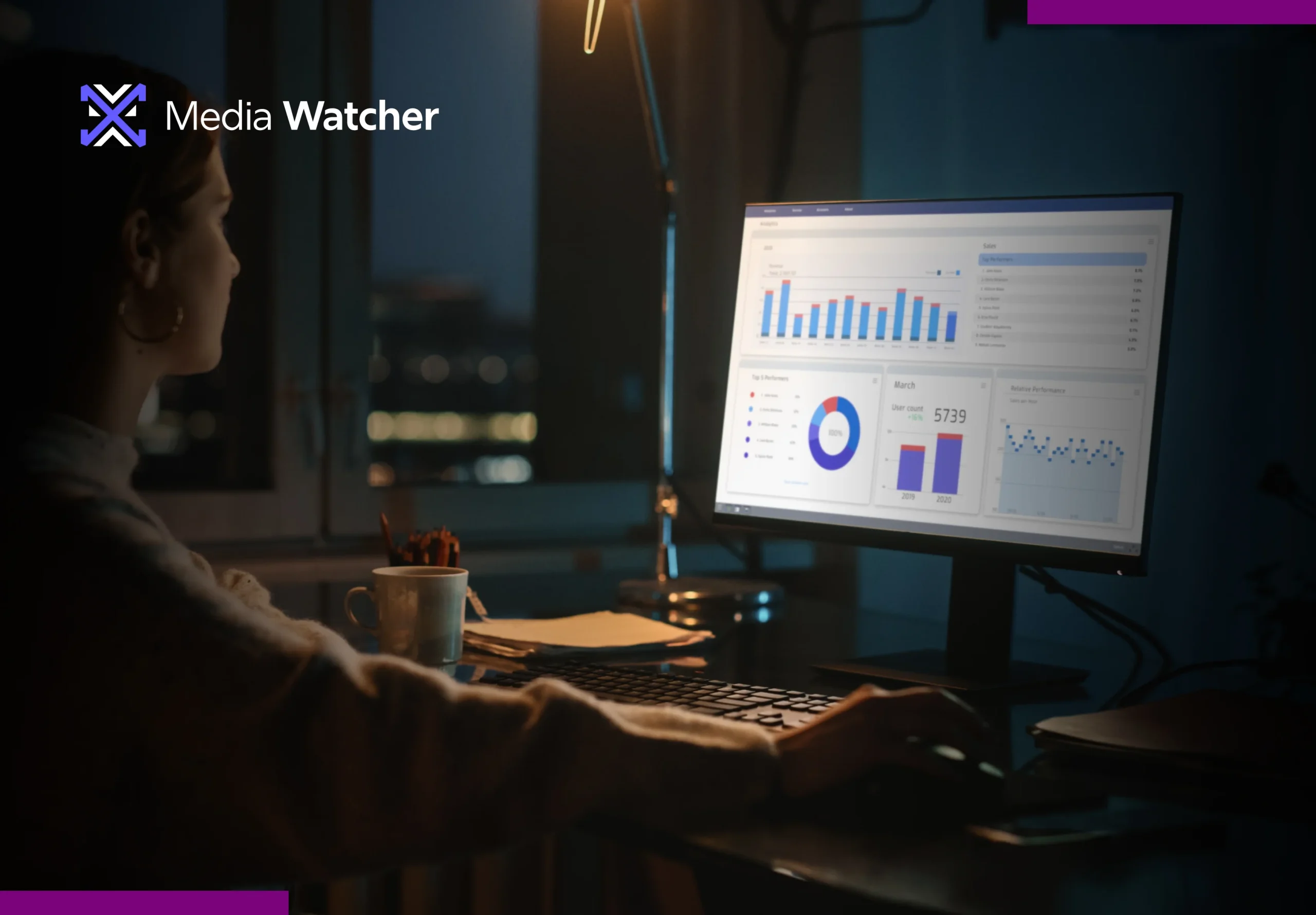When conversations move at the speed of a swipe, public perception can pivot in minutes, and by the time a headline breaks, the damage is already done.
Most companies now have real-time access to the media mentions, reports, and analytical dashboards. But the concerning question is whether or not a brand can spot the narrative before it explodes, or a tone shift before it gets toxic?
What if a social media interaction between two statesmen may seem ordinary at the moment but may have a ripple effect in the future, causing the business world to flip upside down?
False narratives spread up to 6x faster than true stories on X, according to a landmark MIT study. These narratives reach more people and are 70% more likely to be retweeted, making reactive monitoring dangerous for the brands.
The gap between raw data and foresight has never been wider. Most organizations remain stuck reacting to media crises instead of analyzing the patterns. Amidst such a chaotic media landscape, Predictive Media Intelligence serves as the radar that bridges this gap, transforming noise into navigational power.
What is Predictive Media Intelligence?
Predictive media intelligence is more than just listening, understanding, and responding to what’s being said about a brand or product in the media. It’s the science of anticipating how media narratives will ultimately evolve and how brands should act on that certain foresight in real-time. Predictive media is all about examining the following things:
- What will be said?
- Where is it gaining traction?
- How might it impact you?
A predictive media solution is necessary for brands, as it outlines how a specific campaign or plan is expected to perform across the company’s targeted industry and audiences. These predictive analytics strengthen a brand’s ability to pivot campaign messaging, seize opportunity windows, and neutralize risks based on the sentiments and keywords trending on the different social media platforms.
The detailed evaluation of an entity’s presence score and sentiments across social media platforms facilitates the prediction of the credibility of future campaigns. The real-time examination of sentiment surges or drops helps brands tailor their future company plans to their target audience.
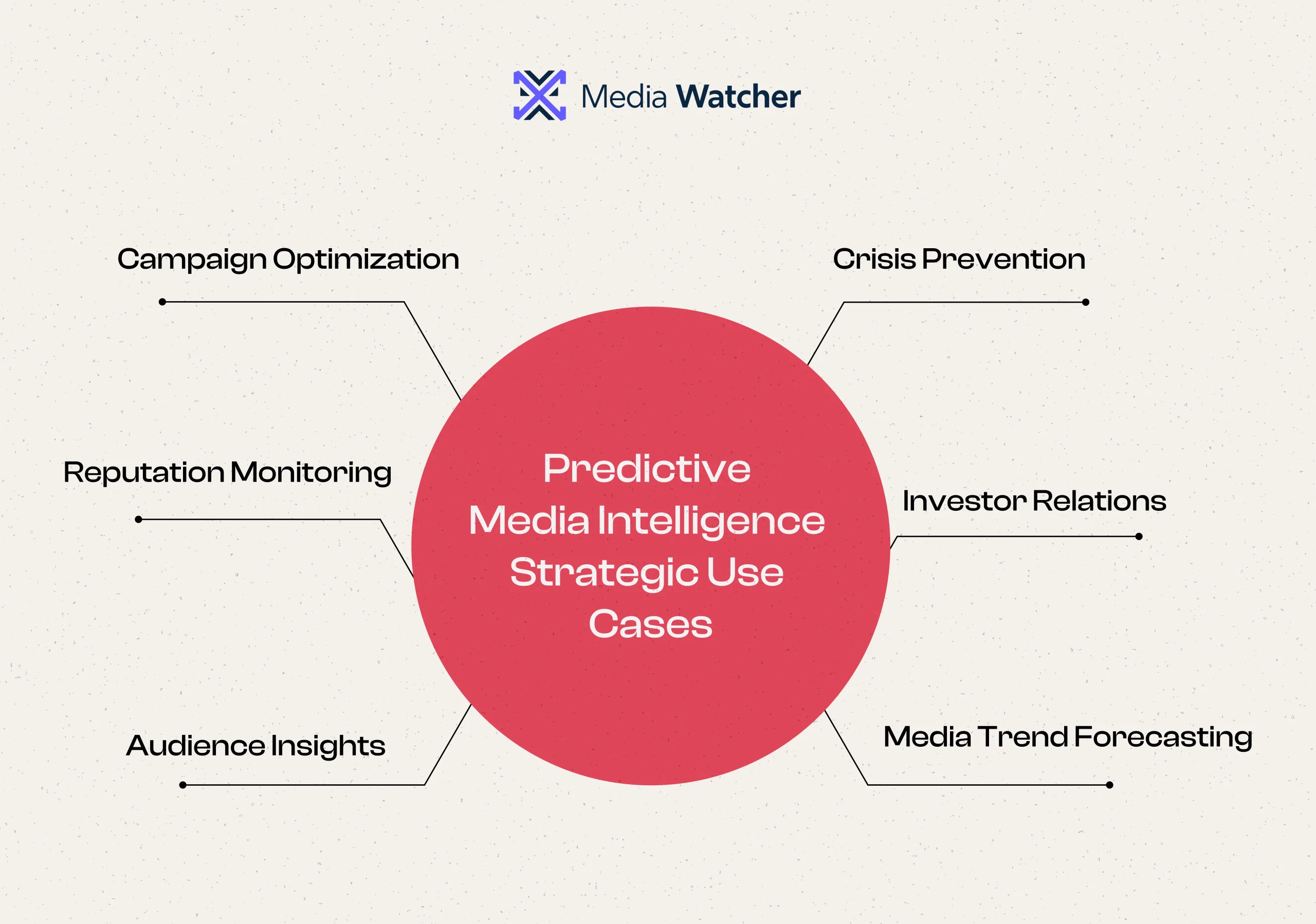
Role of Presence Score & Cross-Platform Context in Predictive Monitoring
Whether it’s a Reddit conspiracy thread, a subtle tone shift on LinkedIn, or a Twitter firestorm, cross-platform media contextual analysis provides a panoramic view of how different topics are expected to evolve and how the narratives diverge across various digital ecosystems.
Presence Score
The central aspect of predictive media intelligence is the Presence score, which is a quantifiable measure of how often an entity, topic, or issue surfaces across the diverse media spectrum, making it a compelling predictive metric for businesses.
- A sudden sentiment drop? That could indicate audience fatigue over a certain campaign approach.
- Big jump in mentions? It could mean a narrative is about to go viral, either positively or negatively.
Cross-Platform Context Analysis
The data becomes even more valuable as people talk differently on different social media platforms. Therefore, cross-platform context monitoring streamlines the analysis of sentiment trends, tone, and mentions across various channels, including X, LinkedIn, Reddit, YouTube, Facebook, and other online news forums in one unified view.
A trendy topic gaining traction in news outlets, but showing sentiment fatigue on social media is a red flag, as it signals rising public skepticism before it erupts into backlash. Such insights are invaluable to the crisis communications and investor relations teams who need to act promptly.
Likewise, a company’s marketing department can identify the exact moment when a campaign’s excitement begins to lose momentum, prompting a strategic adjustment to the current content strategy or reallocation of the spending.
The essence of predictive media intelligence allows brands to time their responses and outmaneuver emerging threats by indicating the consumer behaviors, audience engagement windows, and reputational risks in real-time.
Suggested Read: A Complete Guide to Social Media Listening
Understanding the Predictive Media Intelligence Models
Comprehending the media is about decoding what all the media mentions mean, from where they originate, and how they might evolve in the future. Behind these analytics lies a suite of machine learning models that work to transform raw coverage into foresight. Here’s how different predictive media intelligence shapes this transformation:
Sentiment Synopsis Models
The industry-specific phrases, sarcasm, and a particular word shift can flip meanings entirely across the online media platforms. Hence, the niche industries, having the most forward-thinking, are prioritizing models that point out the exact audience sentiments, layered opinions, and industry slangs across all the online media platforms to establish user-friendly brand campaigns.
Example: Before GameStop’s stock surge, Reddit’s WallStreetBets was bombarded with phrases like “diamond hands” and “to the moon.” A manual sentiment model might’ve classified these as neural or even missed the layered opinions. However, a predictive media intelligence model trained on finance subreddits would have recognized the financial defiance and rising optimism embedded in the sarcasm in real-time.
For stakeholders and FinTech platforms (e.g, Robinhood) reacting to real-time market shifts, these models deliver emotional intelligence that can guide proactive communications, crisis prep, and even policy alignment.
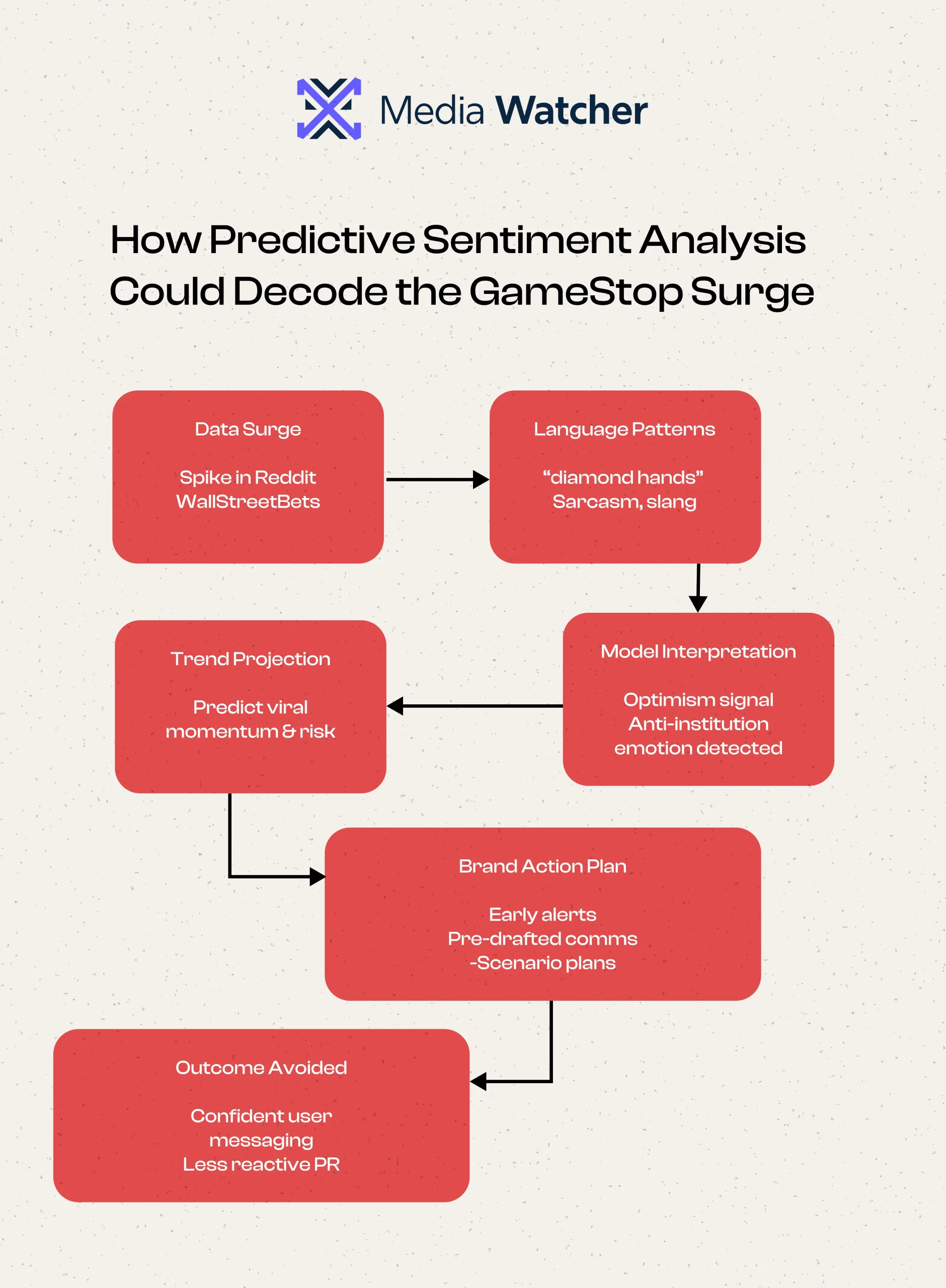
Time Series Forecasting Models
The time series media models bring statistical precision to media prediction as they chart historical brand coverage and forecast volume fluctuations on possible topics.
By examining the decades-old media coverage on a certain topic or keyword, brands can prepare themselves for predictable narrative spikes while allocating resources more effectively and identifying abnormal activity timely before it escalates into a crisis.
Topic Media Modeling
Oftentimes, the consumer narratives don’t follow the brand’s playbooks and they certainly don’t come pre-tagged. From online blogs to Reddit threads, the topic modeling algorithms detect how conversations form and shift around a certain topic by sifting through great volumes of unstructured data.
By tracing how discussions and public perception on a particular topic evolves, whether it be a trendy X hashtag or an overlooked product feedback, topic media models boost a brand’s predictive analytics to surface concerns before they dominate headlines in a negative way.
Food for Thought: Predictive media intelligence is not about chasing the conversation, it’s about examining where it’s headed next for the brand.
Strategic Use Cases of Predictive Media Service
Predictive media services equip brands with the capacity to anticipate the dynamics of public discourse. Here’s how these models become a cornerstone of effective brand strategies:
Proactive Product and Market Strategizing
Predictive signals don’t just inform communications, they shape smarter product development decisions too. In this way, product and marketing teams can fine-tune launch strategies, reposition products based on emerging expectations, and prioritize feature development.
Crisis Aversion and Reputation Risk Management
Through sentiment trajectory mapping, the communication teams can seamlessly initiate timely interventions, safeguard brand equity in high-stakes situations, and control narrative direction in real-time. By examining the sentiment patterns of influential networks, brands can prevent narrative misfires, craft stakeholder messaging, and plan responses accurately.
Campaign Optimizations
An automated predictive media intelligence approach empowers marketing and PR teams to gain insights into the topics that would gain the most traction, when and why audiences are most open to engagement, and what tone would work the best across different segments. Ultimately, this approach reduces the risk of message rejection and boosts the audience engagement rate.
Market Awareness
With real-time access to obscure media corners, such as Reddit threads, news sites, blog forums, and social media channels, brands can identify the gaps and opportunities in their specific industry. In this way, the unmet audience interests and evolving conversation clusters are identified, which provides a clear roadmap for proactive content planning for the brands.
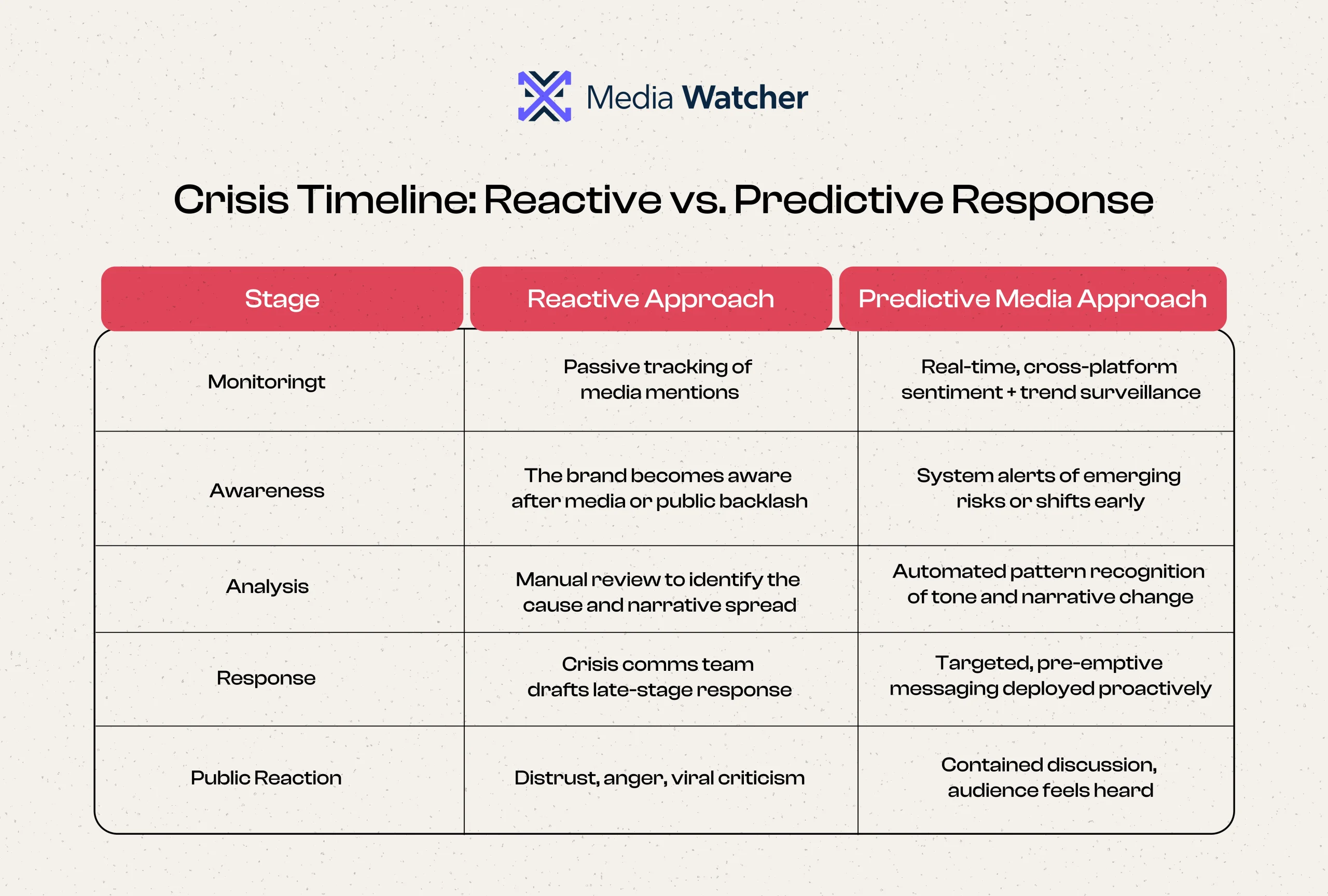
Don’t Just Watch the Headlines, Predict Them With Media Watcher
As the public narratives shift by the hour, the major difference between leading and reacting lies in foresight. With Media Watcher’s real-time analytics, brands can seamlessly detect emerging keywords/topics, uncover the audiences’ emotional and sentimental tone, and deliver instant alerts on reputational risks. Here’s how it’s done:
- Media Watcher’s instant scanning of news, podcasts, forums, and social media buzz in 200 milliseconds captures narrative momentum before it breaks.
- The automated sentiment analysis solutions assist brands in understanding the public’s perception and responses about certain events, allowing them to predict the future preferences of their target audience.
- Media Watcher’s executive-level insights translate complex media data into actionable foresight so that every marketing move is effectively driven by intelligence, not just guesswork.

